The Steel Patek Philippe Cubitus 5821A on the Wrist
Deciphering Patek's highly discussed new square take on the sporty-chic watch with integrated bracelet.
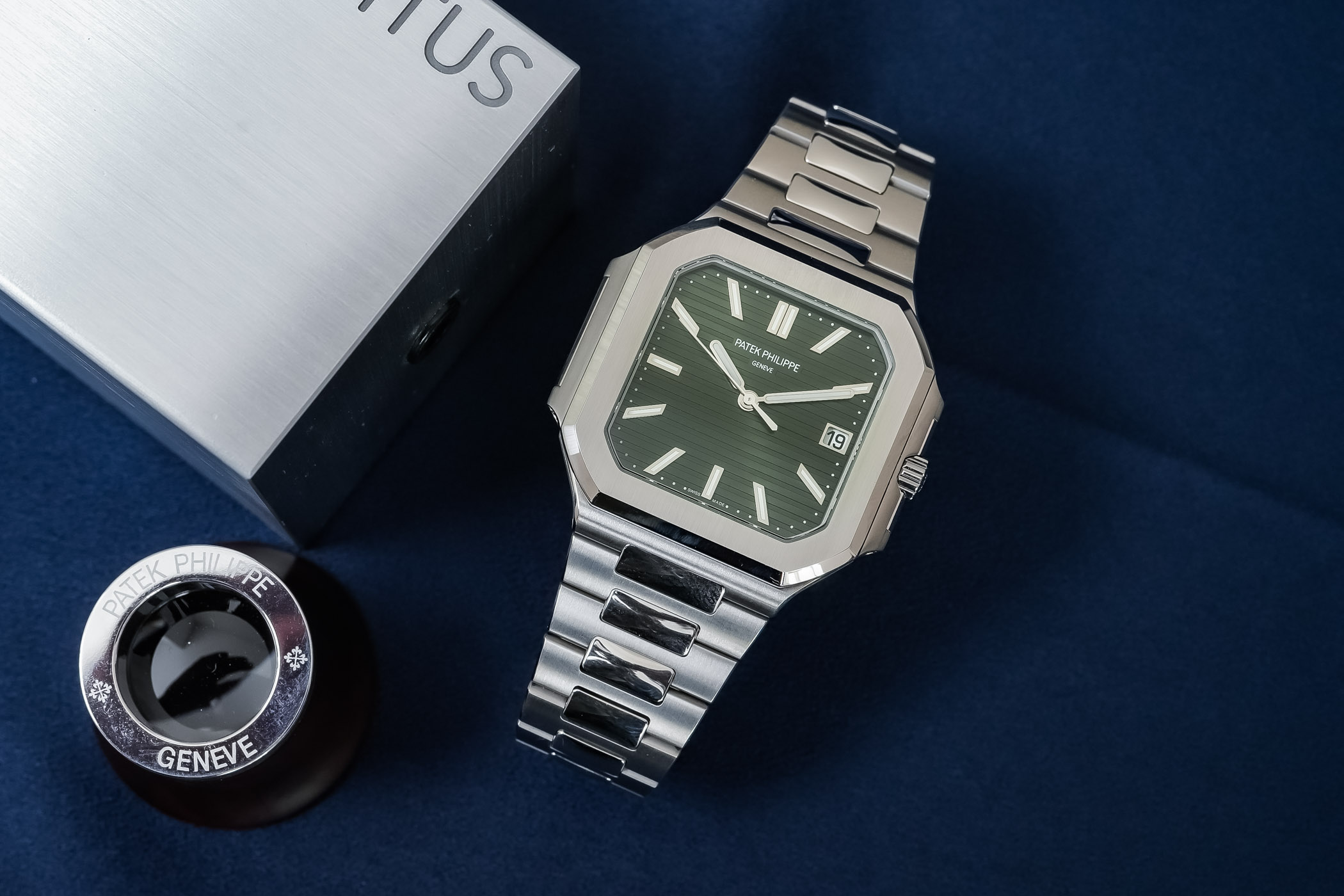
This was, by far, the most anticipated launch of the year, but also (and unsurprisingly) the most discussed and commented new release of 2024. In fact, I can’t recall witnessing such an amount of reactions from the watch community since the launch of the Audemars Piguet Code 11.59 collection – which, for several reasons, shouldn’t come as a surprise. We’re here to talk, of course, about the Patek Philippe Cubitus. And now that the dust has settled, and following our initial article presenting the collection, we thought it would be relevant to return to the topic, and specifically to look at the core model, the Steel Cubitus 5821A. It’s time to give you our impressions on the wrist – a.k.a the best way to give an objective opinion about a watch.
Context of the launch
For several months now, we knew Patek was cooking something, a new collection of sporty-chic watches. Knowing the category, the anticipation was high, to say the least. In addition to that, it must also be addressed that Patek Philippe isn’t the most prolific company in terms of the creation of entirely new collections. We’ve seen dozens of new watches released over the past decades, but when it comes to an entirely new design, an entirely new range with an entirely new name, we have to go back to 1997 with the launch of the Aquanaut – at least when it comes to men-oriented collections. There were the Twenty~4 in 1999 and Twenty~4 Automatic in 2018, but these were feminine lineups.
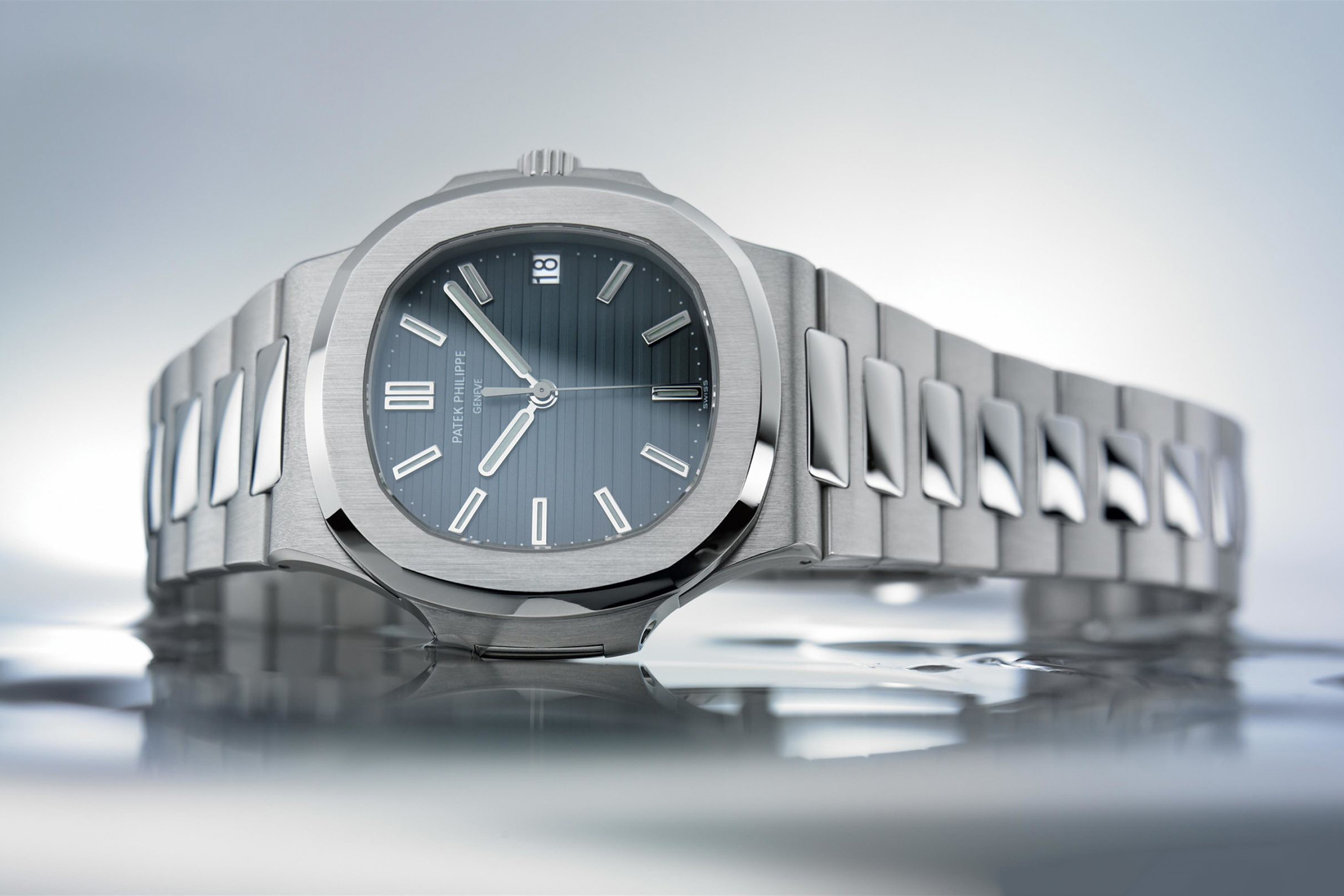
25 years in the making… 25 years during which watch enthusiasts have been preparing themselves for the next big thing at Patek Philippe… 25 years during which the Nautilus and the Aquanaut collections, both strong advocates of the luxury sports watch genre, have ruled the game. For this reason, launching a new collection was going to be difficult. The complexity of the launch was carved into stone, even more so that some collectors were actually waiting for this new collection to feature the replacement to the now-discontinued steel Nautilus 5711A.
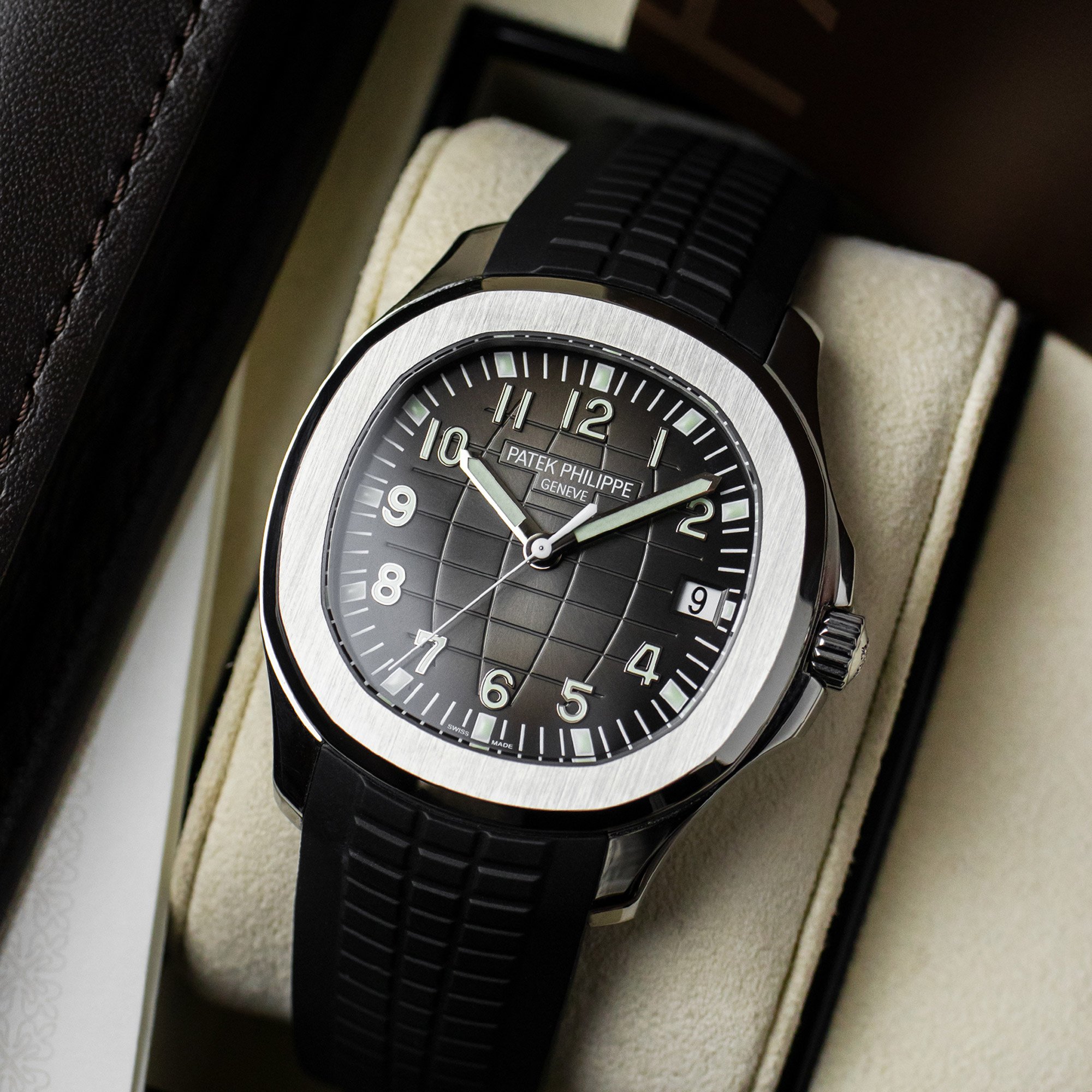
Building the success of a brand on a handful of iconic models is both extremely intelligent but also risky. If you look at the Swiss watch industry, we can find several points of comparison. Take, for instance, Rolex and the Submariner or the Daytona. While these watches are all about evolution and incremental updates, without breaking the norms that have been around since 1953 and 1963, respectively, every time a new reference is launched, it generates ample reactions. Imagine if Rolex radically redesigned its iconic dive watch… It would spark a revolution.
Then, take the example of the Code 11.59 by Audemars Piguet collection. For years, we’ve heard complaints regarding the brand’s lack of creativity, focusing mostly, if not entirely, on its octagonal designs, namely the Royal Oak, Royal Oak Offshore and Royal Oak Concept. The release of Code 11.59, a watch that was designed to be the brand’s more classical, more elegant offering, generated reactions like never before amongst the watch community. Yet, the watch has an extremely refined case and even discreetly pays tribute to the RO with a partially hidden octagonal mid-case. Five Years have passed, and Code 11.59 is now much more accepted than it used to be. As a vessel for incredible complications, we believe here, at MONOCHROME, that it deserves more attention.
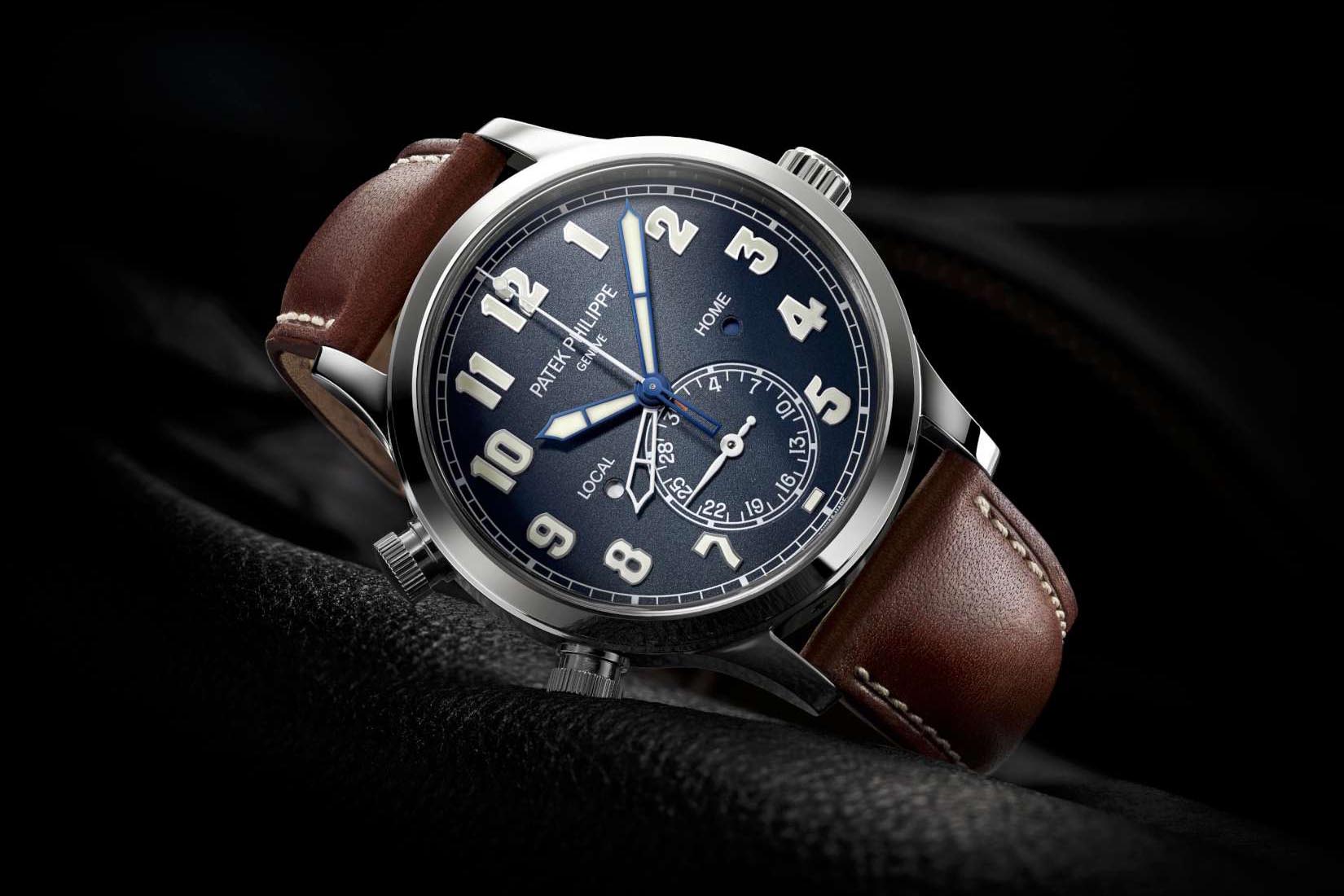
Let’s now move back to Patek Philippe, a brand that is known for its conservative approach to watchmaking, producing elegant old-school and old-money style watches. Remember when Patek released, in 2015, the Pilot Calatrava_ The reactions were strong, to say the least. The watch was unprecedented, far from anticipated and visually novel. It’s been close to 10 years now, and the watch – as well as several iterations – is still in the collection.
The point of this introduction is simple… There was not much room for appreciation with the launch of an entirely new collection by Patek Philippe. This is how things are nowadays, primarily thanks to social media. But we, at MONOCHROME, believe in a more hands-on and objective approach. I want to give the product a chance, specifically when we talk about a watch, an object that’s meant to be worn on the wrist, and not judge it by a 2-dimensional image. So let’s do that, shall we?
Overall design of the Patek Philippe Cubitus
For its first masculine collection in 25 years, Patek Philippe made a bold choice: a square-shaped watch. In a market where approximately 95% (if not more) of the watch are round, releasing a shaped watch is always risky. The Cubitus (a.k.a the Cubic Nautilus) is thus a quadrangular-shaped watch with rounded corners. This shape isn’t entirely new to Patek and has been used in the past, yet on rare occasions.
What the Cubitus really is is a square evolution of the Nautilus. It relies on many of the design cues of the brand’s classic luxury sports watch, starting with the very same case construction in 2 parts – back/caseband and bezel – that was found on the original 3700 Nautilus and has been brought back in the recent white gold Nautilus 5811G. But it goes beyond that. If you look at the entirety of the case, you’ll see that it is a flattened version of the otherwise rounded Nautilus. The lateral modules, reminiscent of the hinges of portholes, have been kept alive but straightened. The overall architecture with the raised bezel is identical, as is the way the central case is connected to the bracelet. Even the finishing of the case, with vertical satin-finished parts and polished bevels on the sides of the bezel, is undoubtedly familiar.
On to the dial of this steel Patek Philippe Cubitus 5821A, which is again a classic element. Both the colour, the embossed horizontal grooves, the shape of the hands and the applied markers are all reminiscent of the Nautilus 5711, and specifically its farewell Olive Green edition. Last but not least, the bracelet is also a familiar element that relies on the same overall design as the Nautilus.
However, a watch is more than the sum of its parts. The result, while polarizing – and more original than what the Nautilus was (remember that this watch was designed almost 50 years ago… and back then, was certainly not the most acclaimed model either) – is much more pleasant than what many want you to think. It features a combination of reassuring elements and new traits, bringing a watch with a distinct personality and yet an undeniable Patek DNA. This is possibly one of the reasons for the generous amount of comments we’ve seen around the web. Maybe if Patek had been more creative and created something entirely new, reactions would have been softer. Or maybe not… It’s impossible to know. But by creating a watch with familiar traits, possibly to avoid a true fracture in the brand’s identity, Patek Philippe generated more reactions than it would ever have anticipated… Something that Porsche, when it first launched the Cayenne in 2002 and the Panamera in 2009, both incorporating elements of the iconic 911 in their designs while playing in different categories, can well remember.
The Steel Cubitus – Proportions, Nautilus Comparison
Having had the chance to handle all three references in the collection for several hours gave us the ability to fully experience the watch on the wrist. And it’s time to address one of the most recurring comments regarding the Patek Philippe Cubitus: its size and proportions.
For this article, we’ve decided to focus on the collection’s core model, the stainless steel reference 5821A with an olive green dial. And here are the actual measurements, but also elements of comparison with two other important models, the Nautilus 5711A and the Nautilus 5811G.
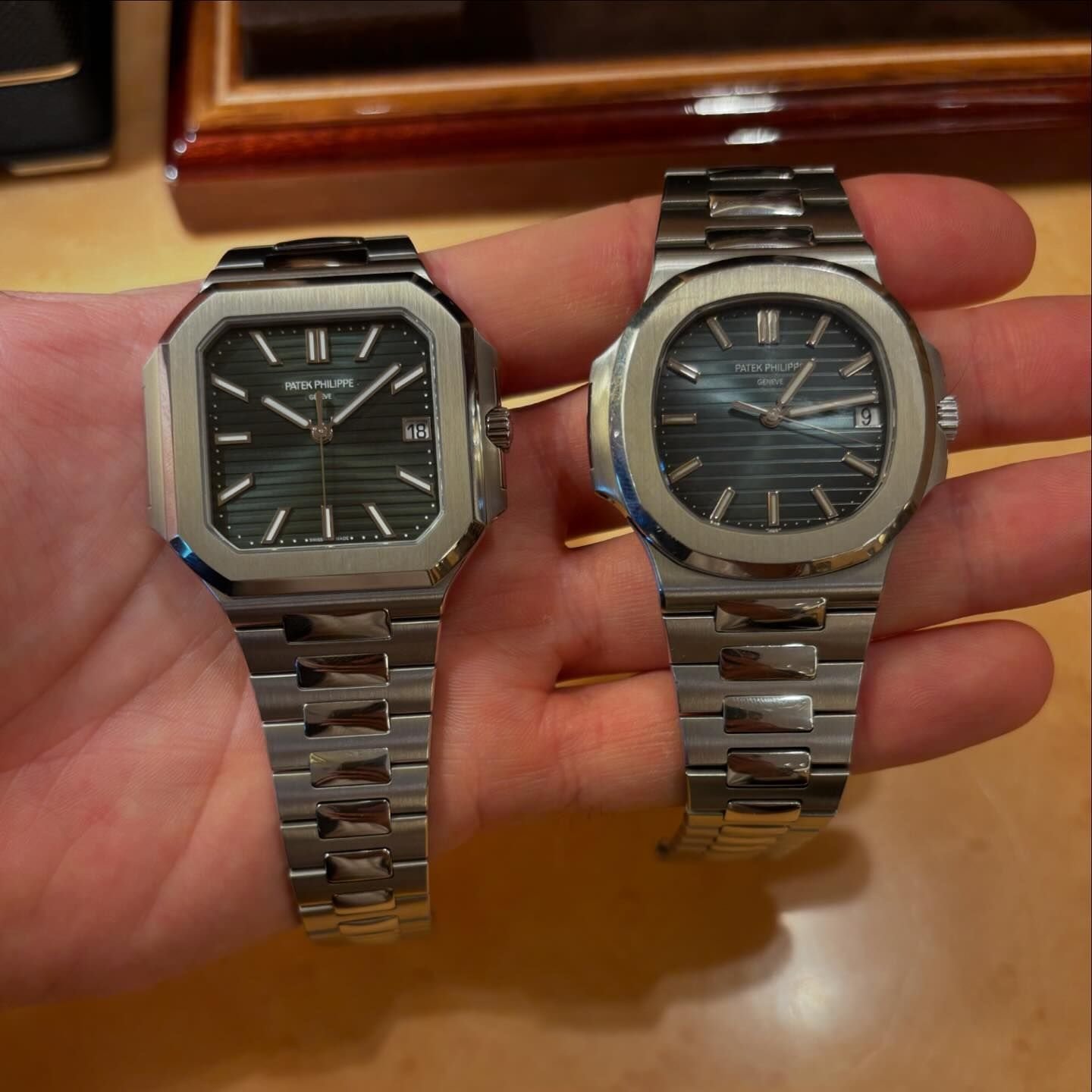
- Diagonal (from 10 to 4 o’clock): 45mm (Cubitus 5821A) – 40mm (Nautilus 5711A) – 41mm (Nautilus 5811G)
- Thickness: 8.3mm (Cubitus 5821A) – 8.3mm (Nautilus 5711A) – 8.2mm (Nautilus 5811G)
- Lug-to-Lug: 44.9mm (Cubitus 5821A) – 44.5mm (Nautilus 5711A) – 45mm (Nautilus 5811G)
- Width (from 3 to 9 o’clock, including crown): 44.5mm (Cubitus 5821A) – 44.1mm (Nautilus 5711A) – 44.5mm (Nautilus 5811G)
So here’s the truth about the steel Patek Philippe Cubitus 5821/1A. It is, for most of its measurements, approximately as big as a Nautilus 5711 or 5811. The all-important factors that are the lug-to-lug, the width including the crown and the thickness, are all roughly the same, or at least playing within the same millimetre. The deceptive number in the case of the Cubitus is the diagonal measurement, which Patek refers as to the diameter (a rather confusing term). The watch is, in most parts, and by simply looking at the cold numbers, barely larger than a Nautilus. And it feels on the wrist.
The Patek Cubitus on the wrist
What is true, however, is the visual presence of the watch. Due to a larger area covered by the watch on the wrist – an issue that is true for all square watches compared to a round watch – we’re talking about the basics of geometry here, as a square of a certain width covers around 27% more surface than a circle of the same diameter. With this in mind, and despite identical dimensions for its length and width, the Cubitus has more presence than a Nautilus. But I can’t call it a big watch. Looking at the wrist-worn photos we’ve done – using our editor-in-chief Frank and our colleague Kristian Haagen as models, both with average wrists of about 17.5cm or 18cm – you can see that the time-and-date steel Cubitus wears very nicely, with the bracelet rolling around the wrist beautifully.
What is undebatable is its so-called “wrist presence” and the overall area covered by the watch on the wrist. However, in terms of comfort, the steel Cubitus is as good as it gets. It’s compact regarding its length, not wider than a Nautilus, thin enough to compete with the best of the category – the Royal Oak 16202ST (8.1mm thickness, 49mm lug-to-lug) and the Nautilus 5811G, just to name a few – and it also feels relatively light on the wrist.
Now, if you compare the Cubitus to another emblematic square watch, the Santos de Cartier large model, you’ll see that this 5821 is actually… much smaller on many levels. The classic large Santos measures 39.8mm in width (excl. crown), 47.5mm in length and about 9.5mm in thickness. As far as I know, I haven’t seen much hate regarding the Santos Large since its release, and in any case, there’s the option for the medium-sized model. And on that topic, I’m pretty sure Patek Philippe has plans for future evolutions of the Cubitus, which could include a mid-size version, too.
An important part of the comfort of a watch lies in its bracelet. And here, the Cubitus doesn’t disappoint – obviously, since the bracelet is modelled after the bracelet of the Nautilus, known to be an excellent example of how to design and produce an integrated steel bracelet. As such, the Cubitus bracelet is thin and flexible, and it feels soft to the touch. Another important element, which was implemented already in the 5811G, is the presence of a comfort release on the clasp, which Patek describes as “a lockable size-adjustment system and a patented Patek Philippe fold-over clasp with four independent catches ensuring both comfort and security”. It allows you to slightly extend the length of the bracelet, during warm days for example.
Addressing the 30m water-resistance
It might have come to your attention that, since April this year, Patek Philippe has been rating most of its watches to a 30m water-resistance, including its sporty collections such as the Nautilus and the Aquanaut – both previously rated at 120 metres. The official statement stated that “to ensure the homogeneity and clarity of the information provided to clients, Patek Philippe has decided to introduce a new unified standard of water-resistance set at 30 meters for all watches certified as water-resistant”.
The Patek Philippe Cubitus 5821A is no exception to this rule and comes with a water resistance of 30 metres. But things are a bit more complex than that. After talking to a representative of the brand on this topic, we’ve been told that “the only authoritative reference standard in the watch industry and for Patek Philippe is the international ISO 22810 (NIHS 92-20) norm. In this respect, all our watches certified water-resistant to 30 metres are suitable for the activities as described in the press information”. Adding to this, we’ve also been confirmed that, “the unified 30-meter water-resistance standard for all our watches certified water-resistant is not linked to a change of the way we develop and produce our watches, i.e. a Nautilus case, that was previously certified water-resistant to 120m, and will be produced in the same way as before, but it will be tested/certified to 30m”. Finally, “all our watches are certified water-resistant to 30m (…) and can be used for aquatic activities, including diving to a depth of 30 metres”. The latter is the most important part, as it is widely known that most watches on the market rated for 30m water-resistance are not capable of diving to a depth of 30 metres but can resist a standing water pressure of 3 bars (and not the dynamic pressure it would withstand at a depth of 30 metres).
Now, knowing that the Cubitus is constructed in the same way as a Nautilus, we can expect this watch to be safe for swimming or even diving in shallow waters – in fact, it is certainly capable of withstanding far more pressure than Patek cautiously claims.
Is it all perfect…?
Simple answer: no. Nothing is because no one is 100% objective, and we all have our preferences. Without talking about tastes and colours in this section, we should address a few of the improvements we would make to the Cubitus (something we’ve been discussing with Frank).
First, the entire collection lacks a quick-change system for the bracelet. It would be nice to have the ability to switch easily between a steel bracelet, a rubber strap or a textile strap (like the one offered on the Platinum 5822P). This would have added great versatility to a watch that has been designed by Mr Stern to be the contemporary side of Patek, while more and more watches on the market come with such a feature as standard – and not necessarily luxury models.
Secondly, I would have loved to see a shaped movement, pushing the concept of the square watch to the maximum. Having a square-shaped main plate for the calibre 26-330 S C doesn’t seem to be that complicated, specifically for a brand that is capable of crafting a grande sonnerie. It would have brought something special on the back and could even have been linked to a shaped rotor. Also, having a square-shaped plate for the movement would have allowed Patek to address one of the downsides of this movement, its short power reserve. With a larger plate/bridge, the brand would have had more space to implement a larger barrel and, thus, a longer mainspring.
Finally, and this is where things might have gone wrong, I would have appreciated a bit more audacity in the design, specifically more differentiation from the Nautilus. I’m not talking about major changes, but small touches to give the Cubitus a more distinct personality. For instance, a different pattern for the dial or more angular mid-links for the bracelet, in order to give more coherence with the case, and maybe a colour that Patek didn’t use on its Nautilus final edition. I do believe that some of these elements also played a role in the strong reactions this collection had to face. The resemblance with the Nautilus, if somehow reassuring, also meant an inevitable comparison.
Conclusion
After having seen, touched, felt and worn the steel Patek Philippe Cubitus 5821/1A, we can say this: whether you like the design or not (something entirely personal), the Cubitus is everything a Patek should be. The quality is superb, the comfort, despite what the specifications and dimensions suggest, is excellent and the watch has an undeniable Patek feel. Now, the truth is that its design is certainly far from consensual and is more polarizing than what most have expected. But remember that the ALS Odysseus and the AP Code collections also generated strong reactions when launched. Just look at the number of comments posted on car-related channels, when Porsche earlier this year changed the analog rev-counter for a digital one on its new 911. So now imagine if the brand changes drastically the shape of its iconic sports car. Car fans will be in the streets…
Jokes aside, I believe that the Cubitus faced one of the main problems of our times… Polarized reactions, but mostly from people who have not seen and tried the watch. So I’m asking you a favour. If you can, go to a Patek Philippe boutique or retailer and try the Cubitus for yourself. Just out of curiosity, just for the sake of objectivity. I am not asking you to like it; I’m just asking you to judge it in the metal. In the end, it might surprise you. And also, we should have the same conversation about this watch in 4 to 5 years from now. Time will tell if Patek has been successful or not. But I’m sure that many will change their minds about this watch.

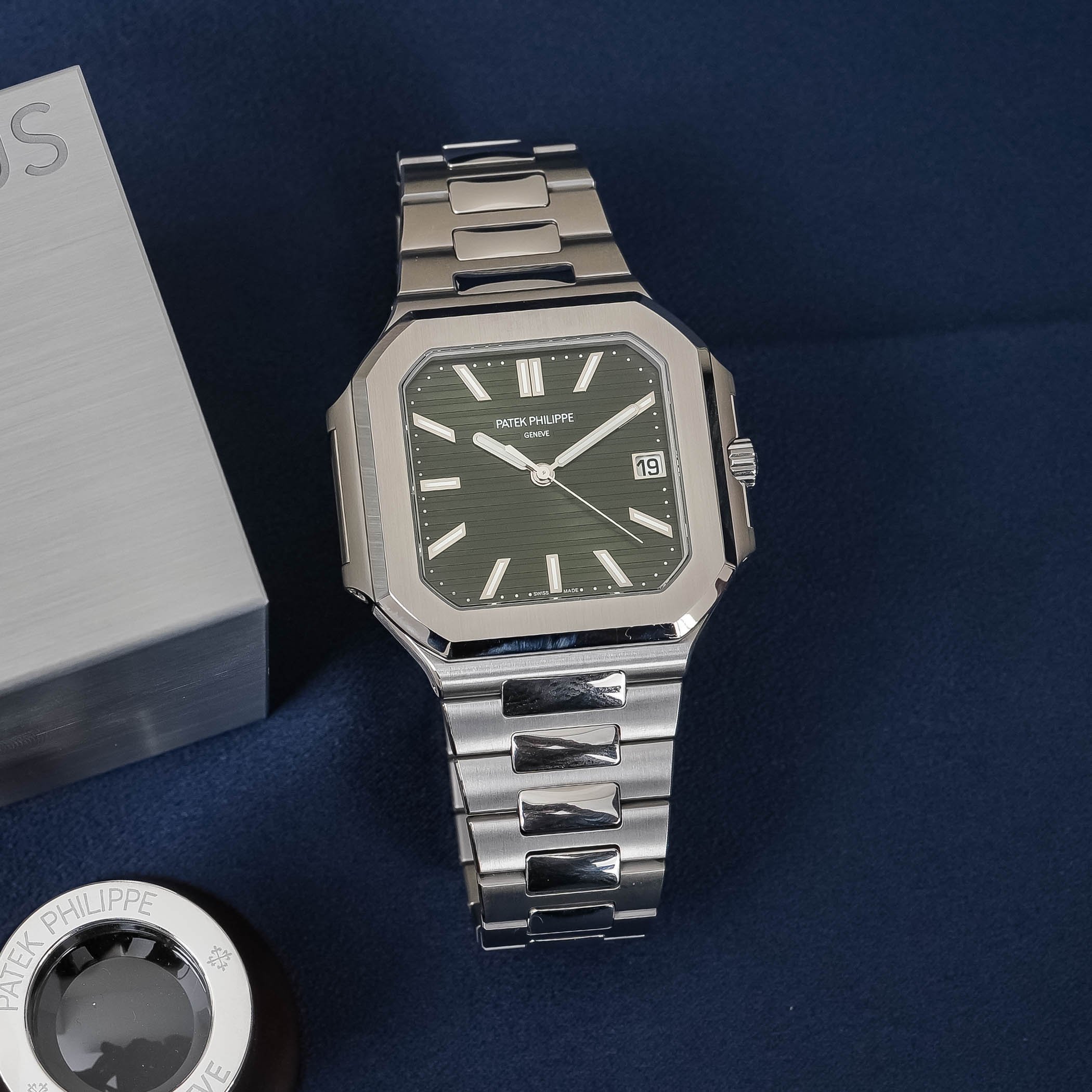
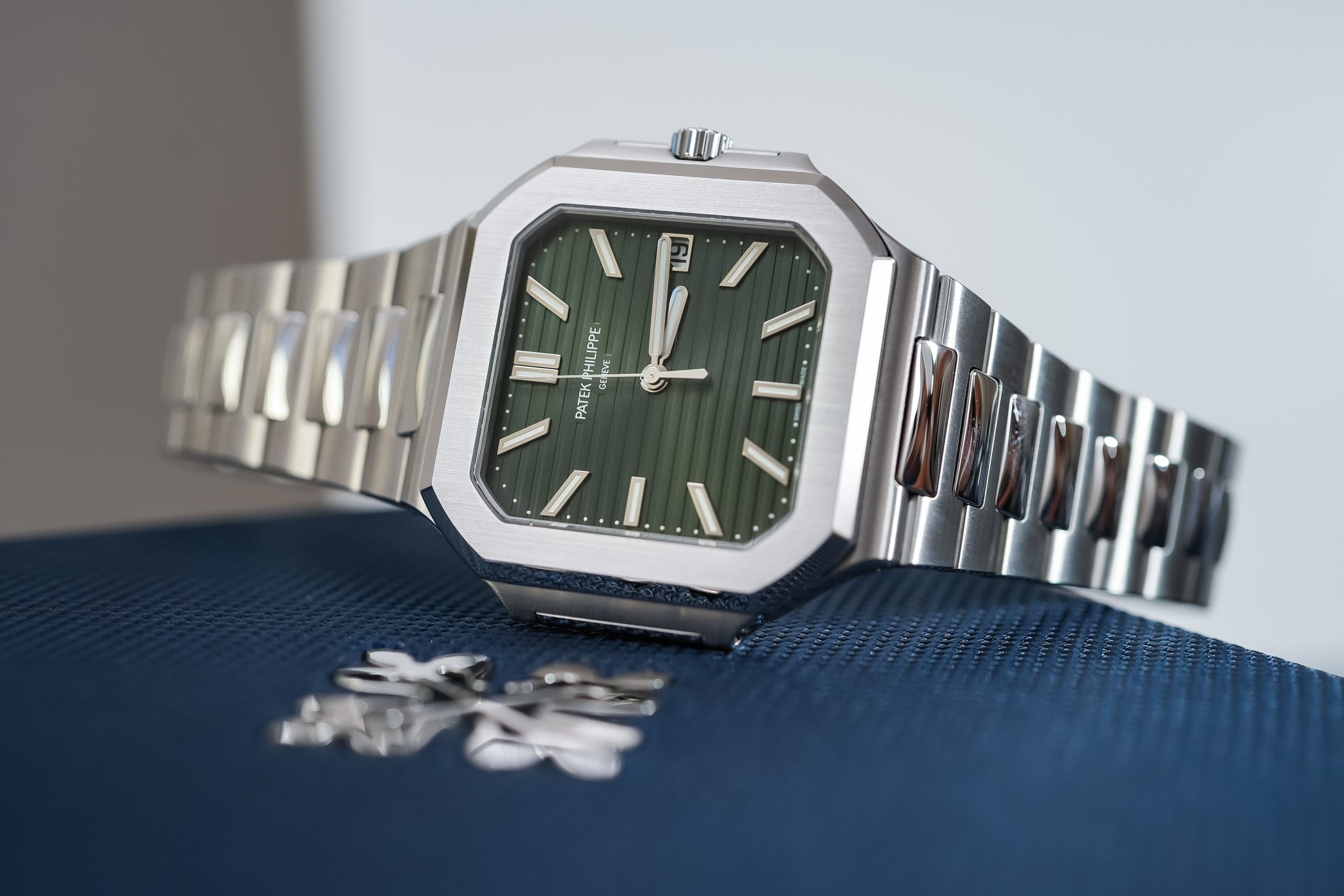
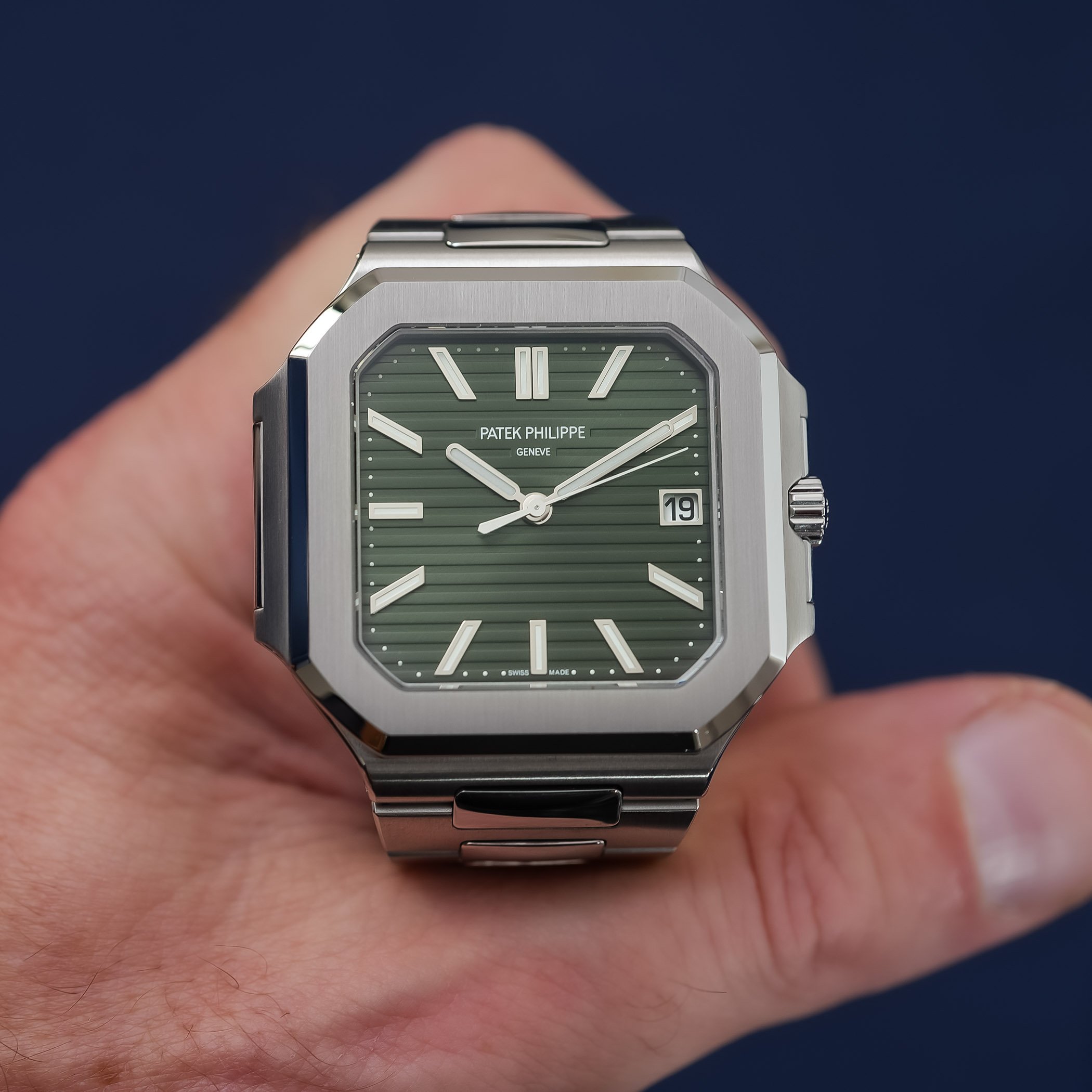
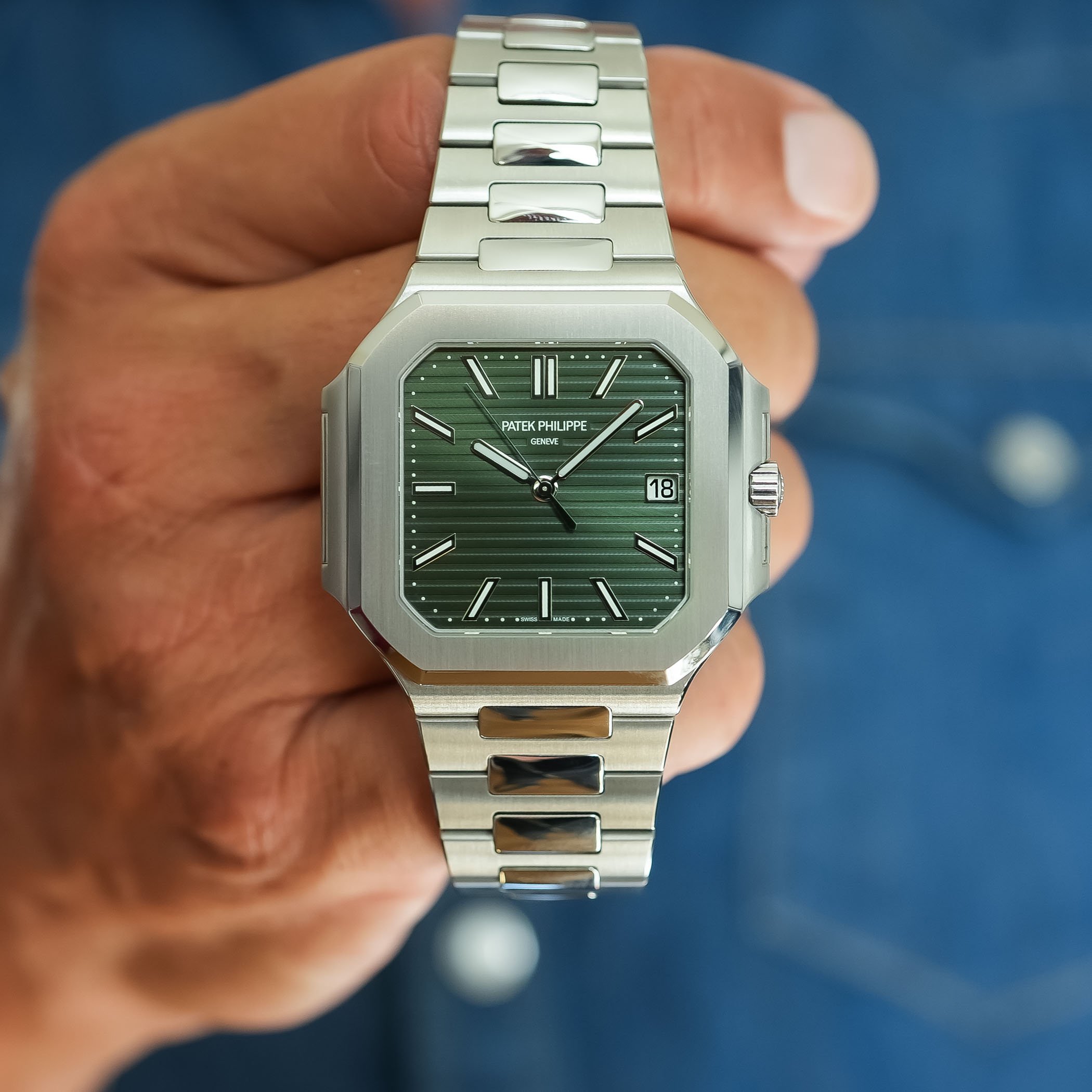
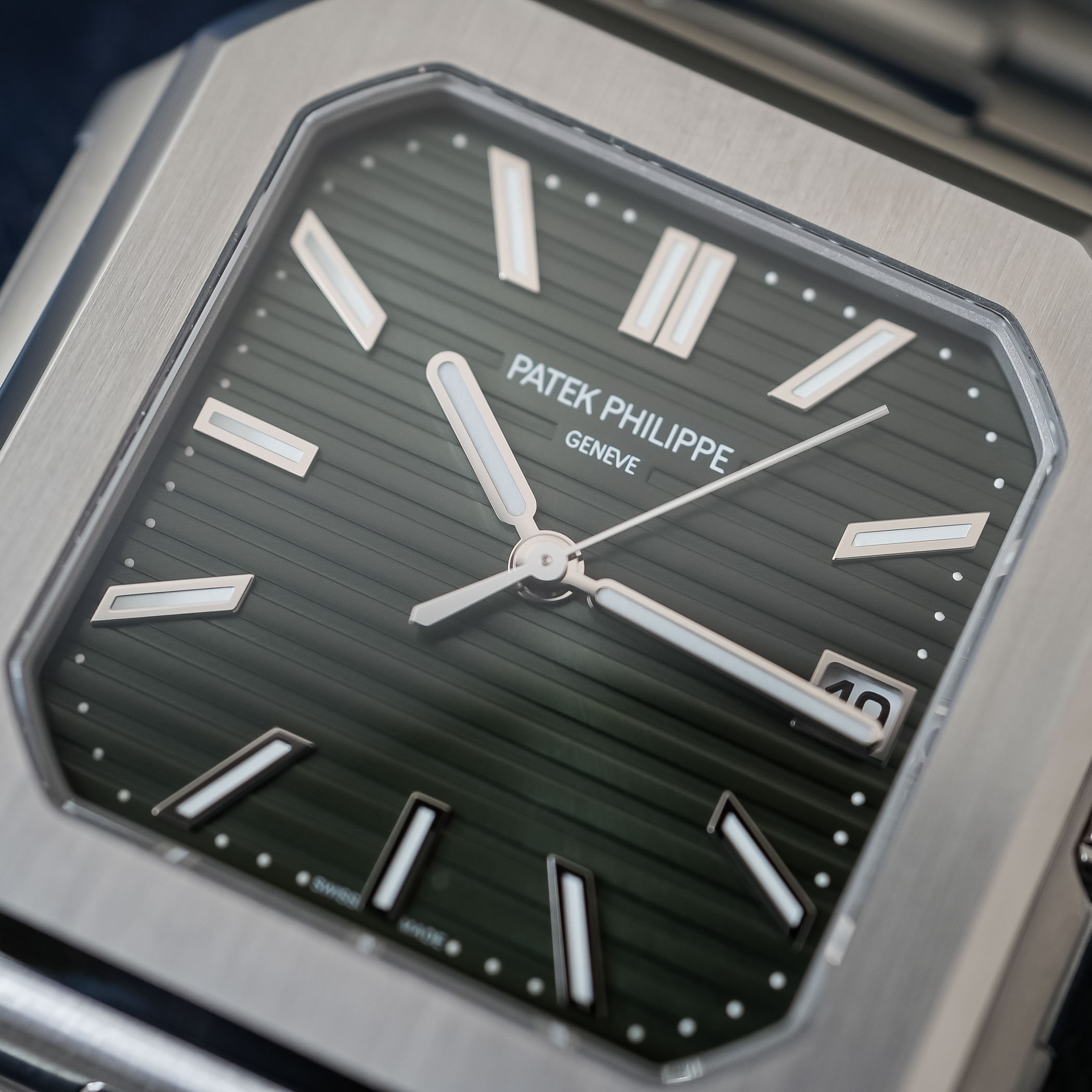
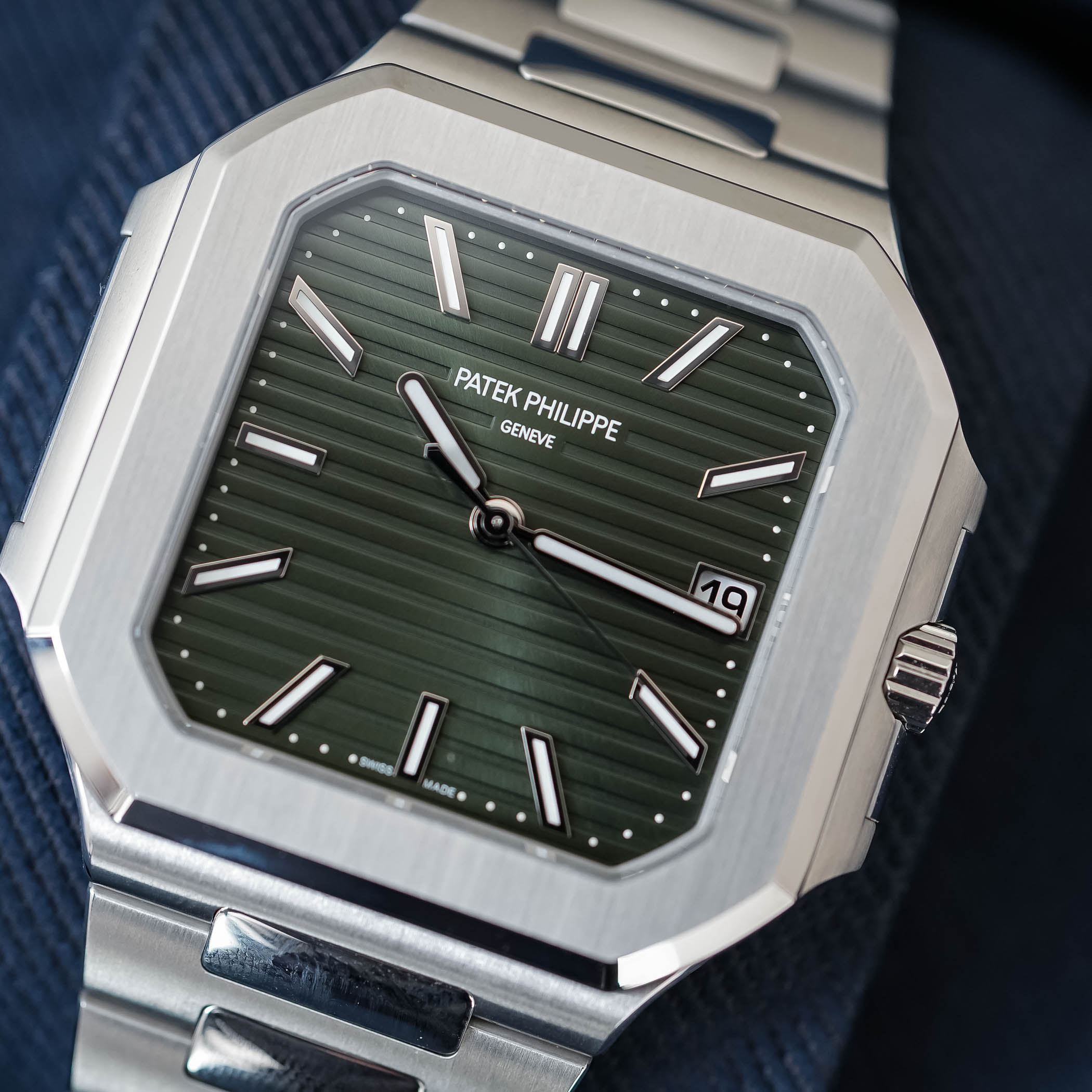
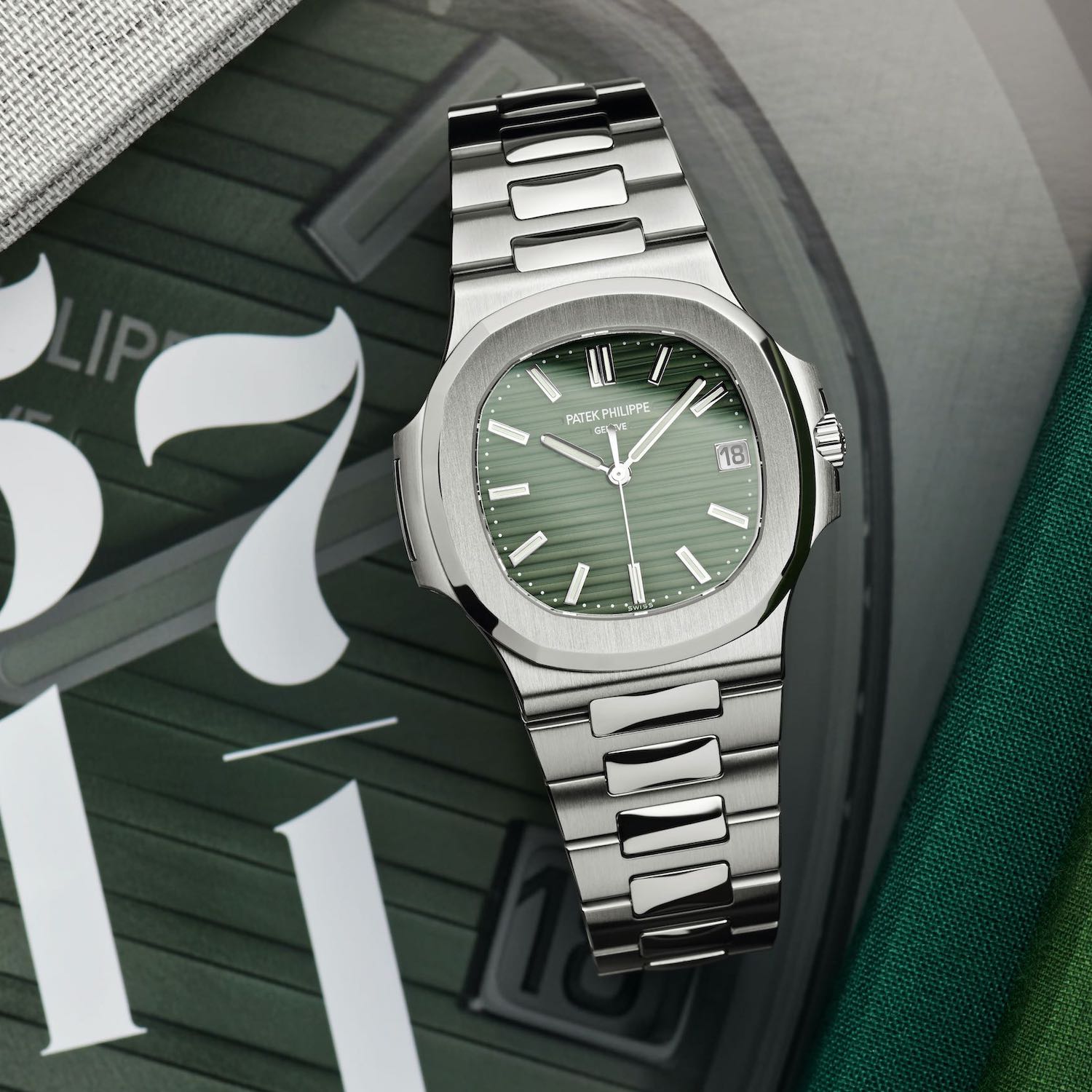
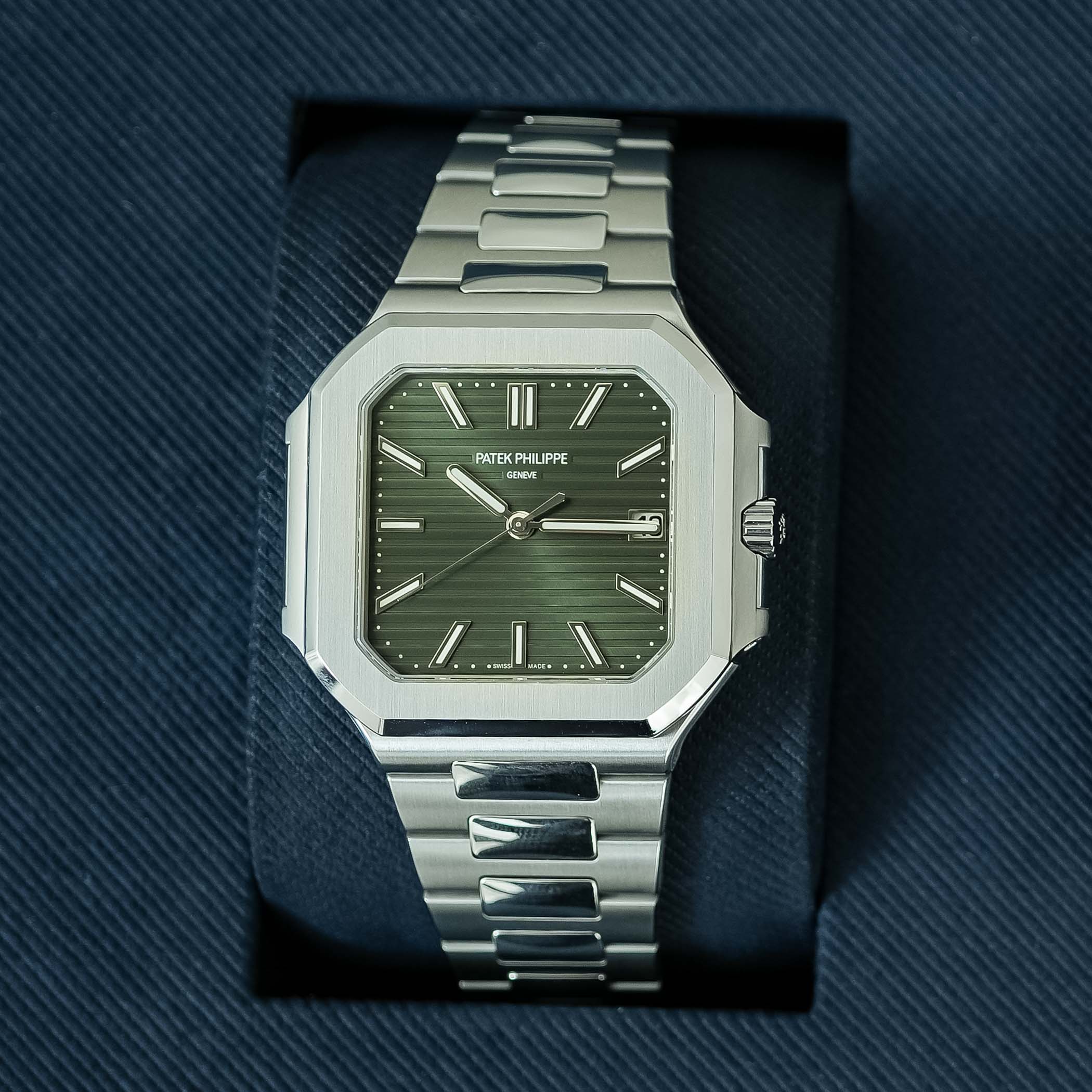
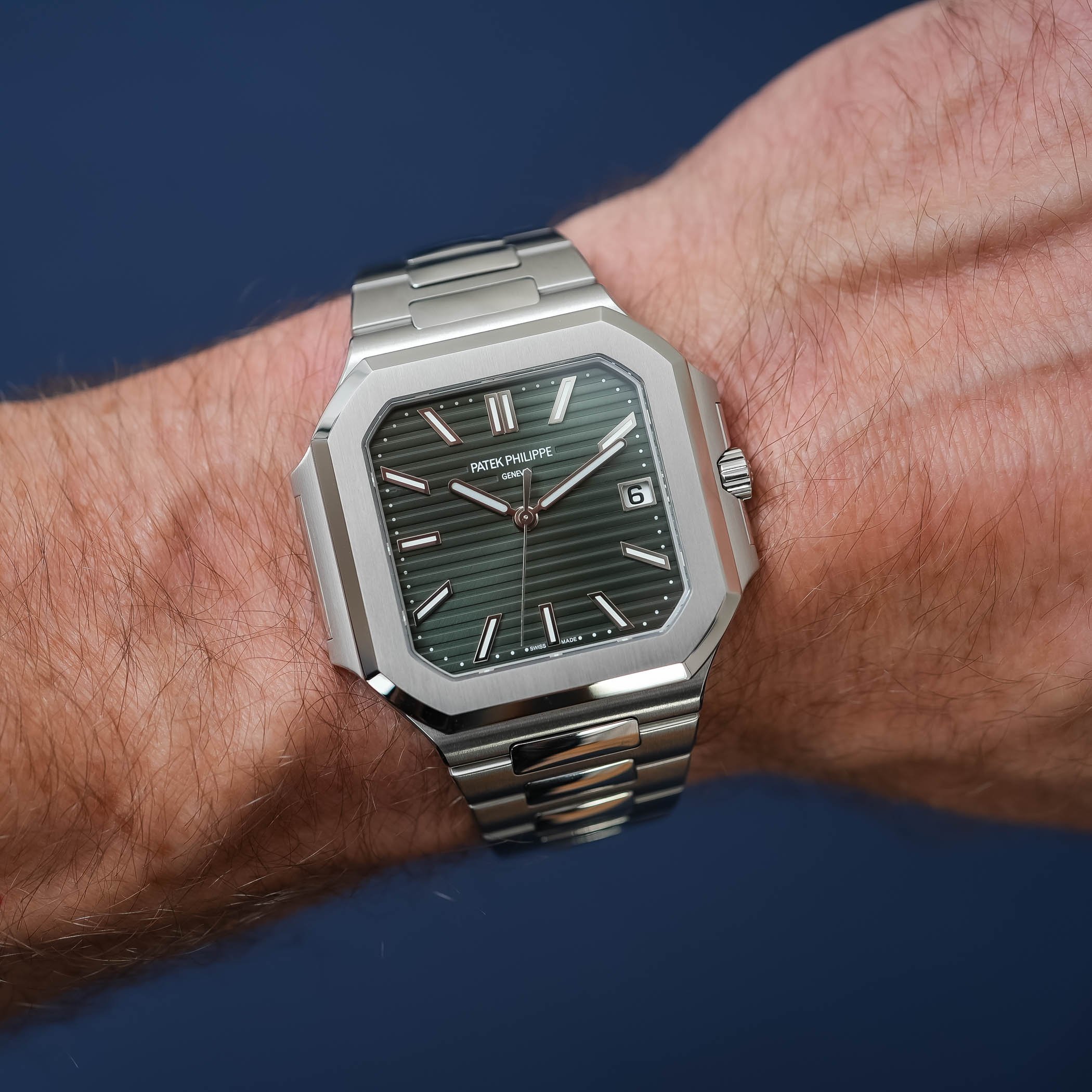
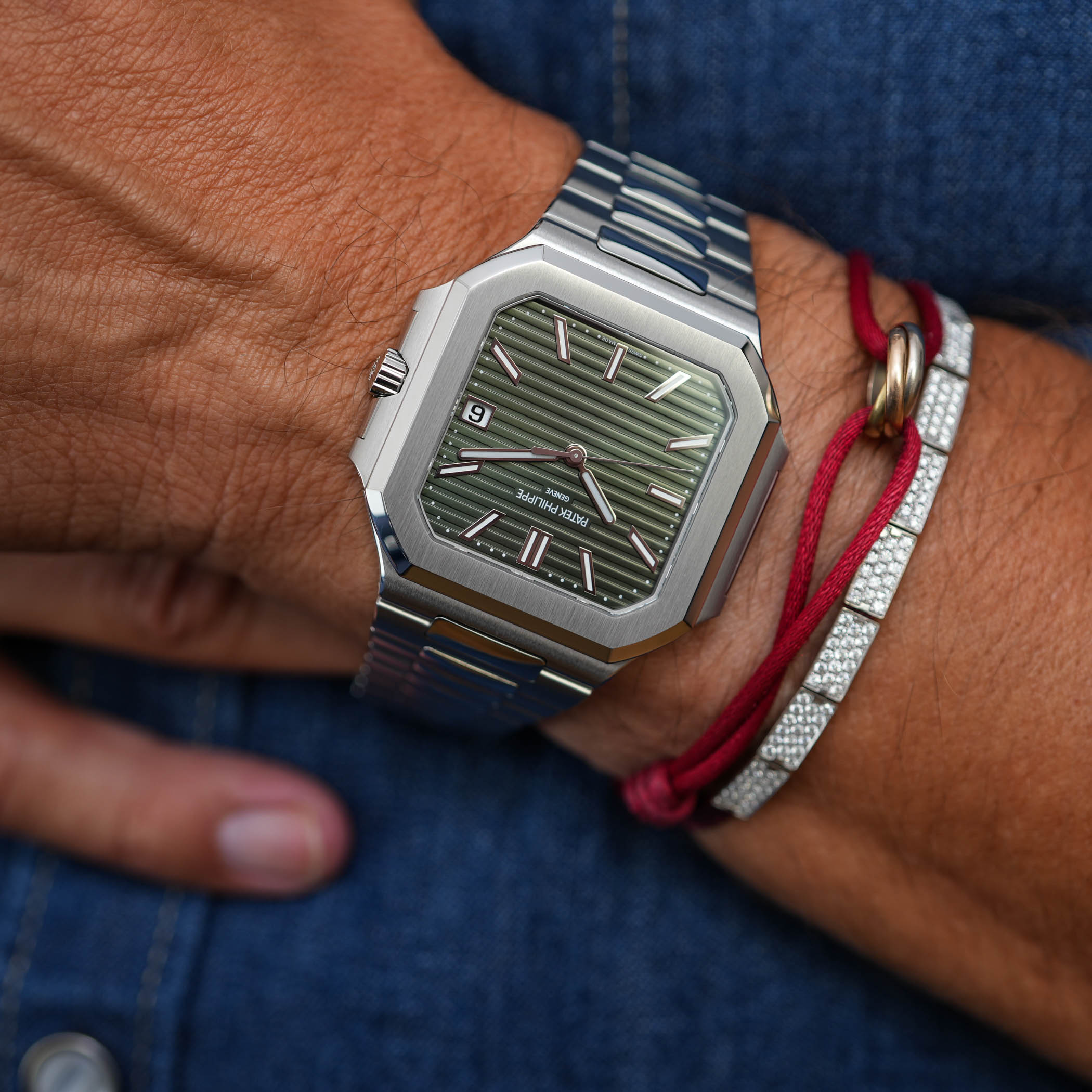
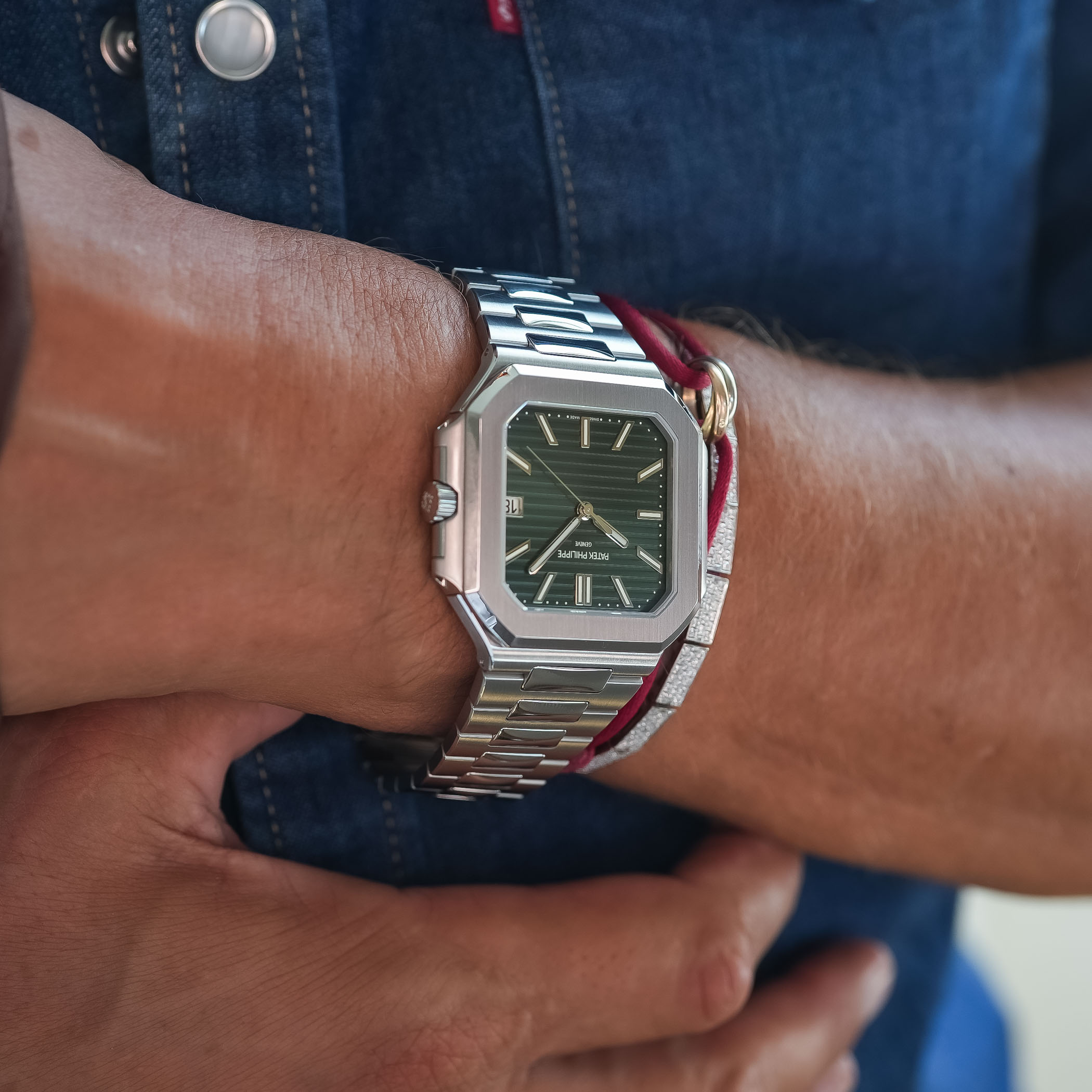
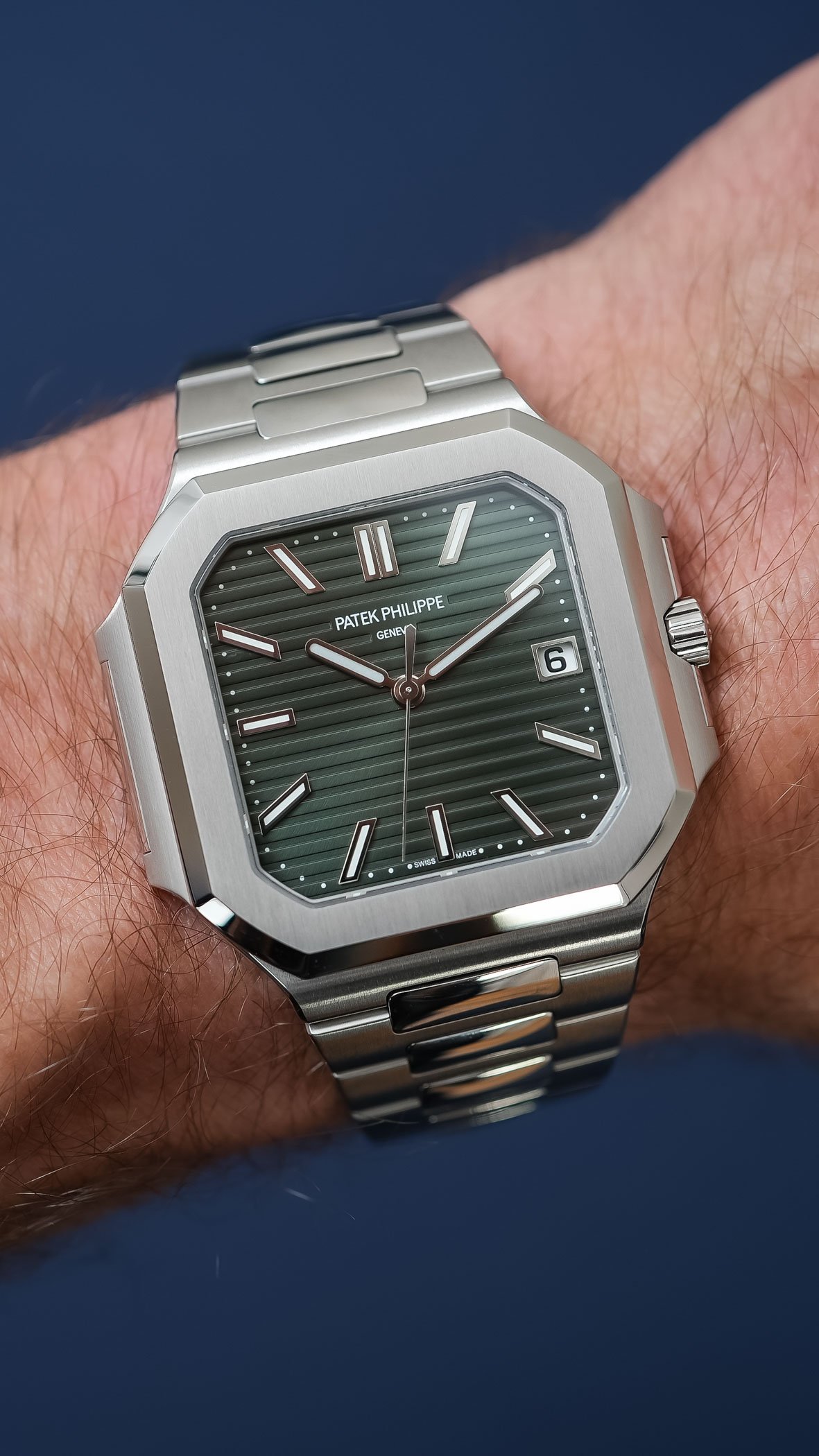
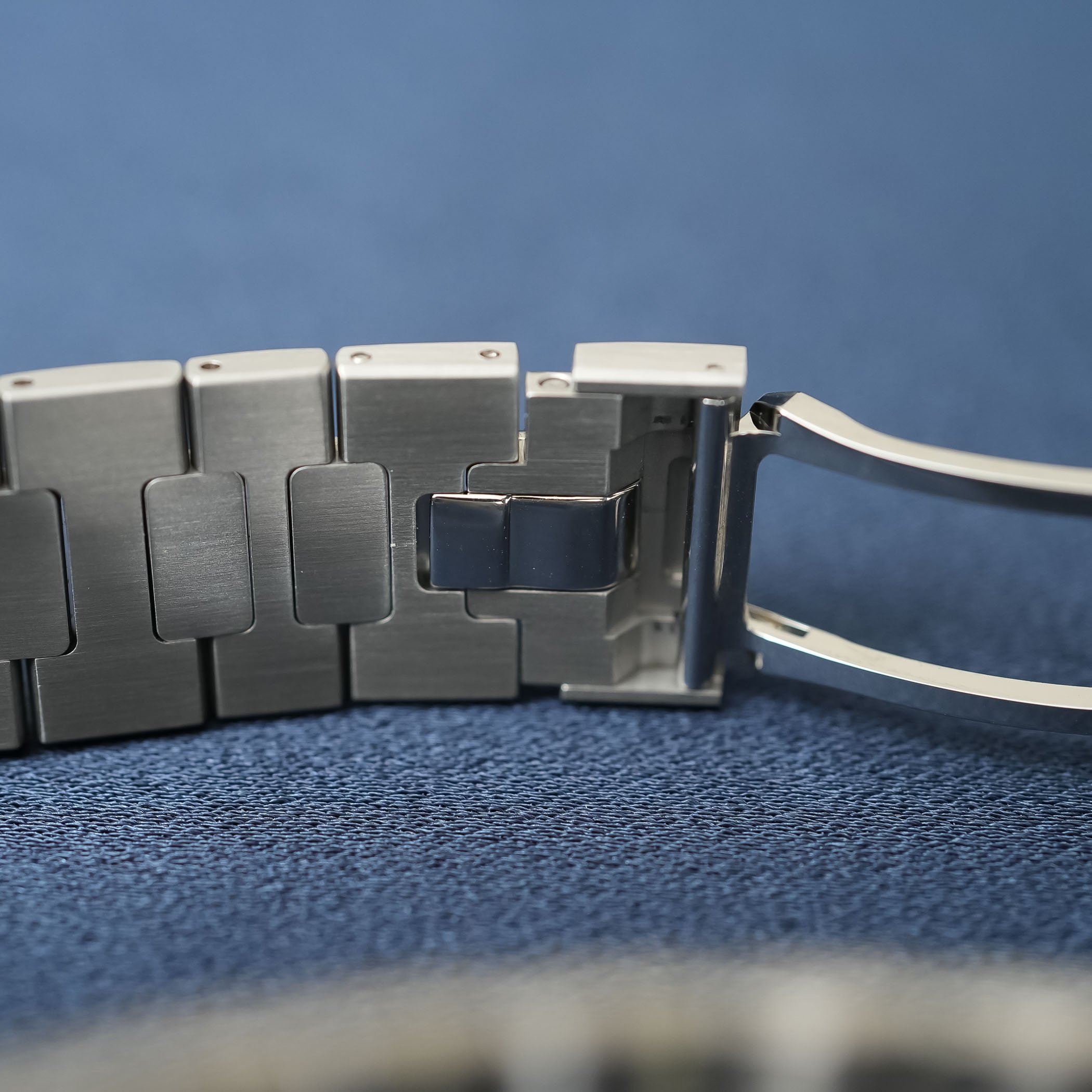
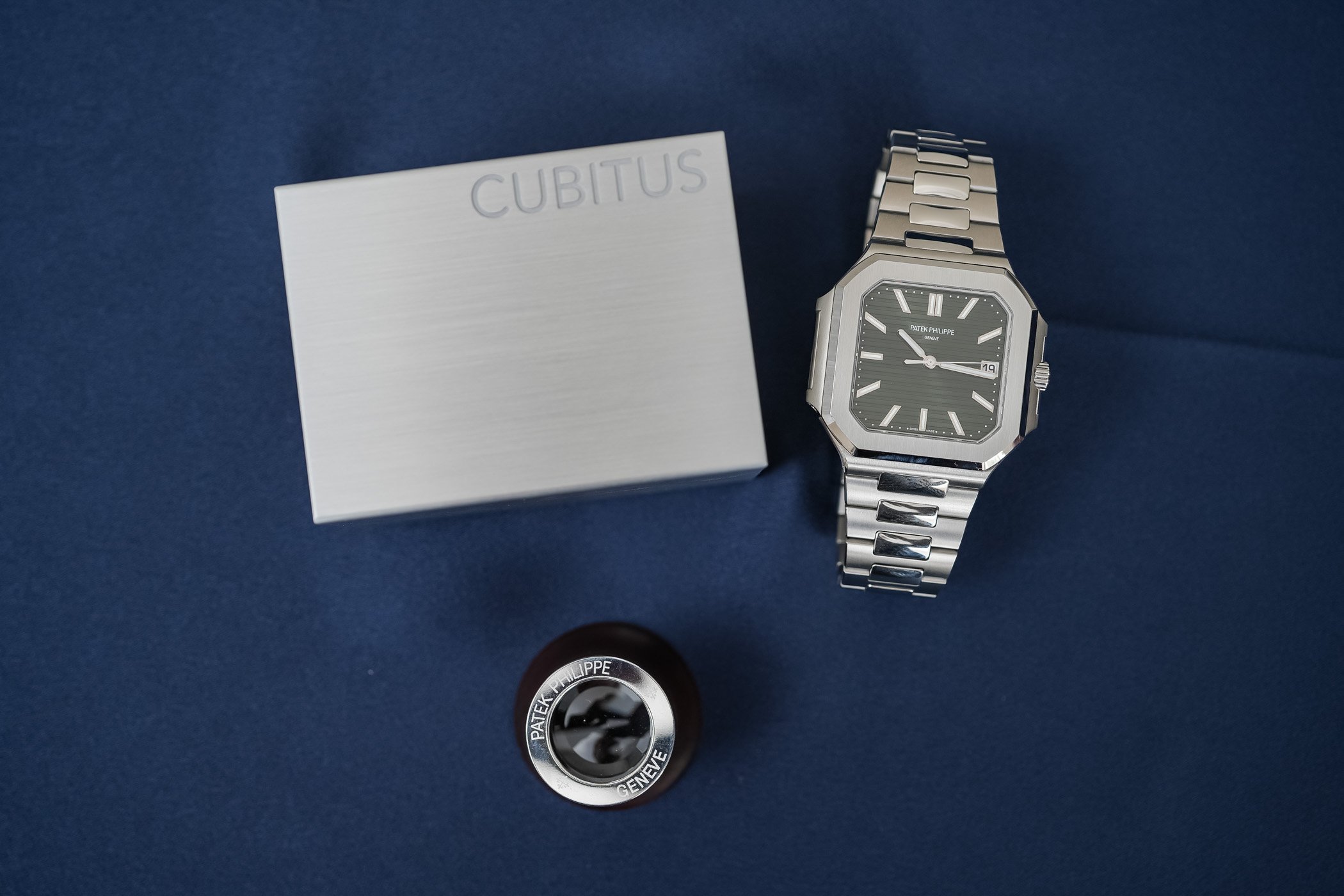
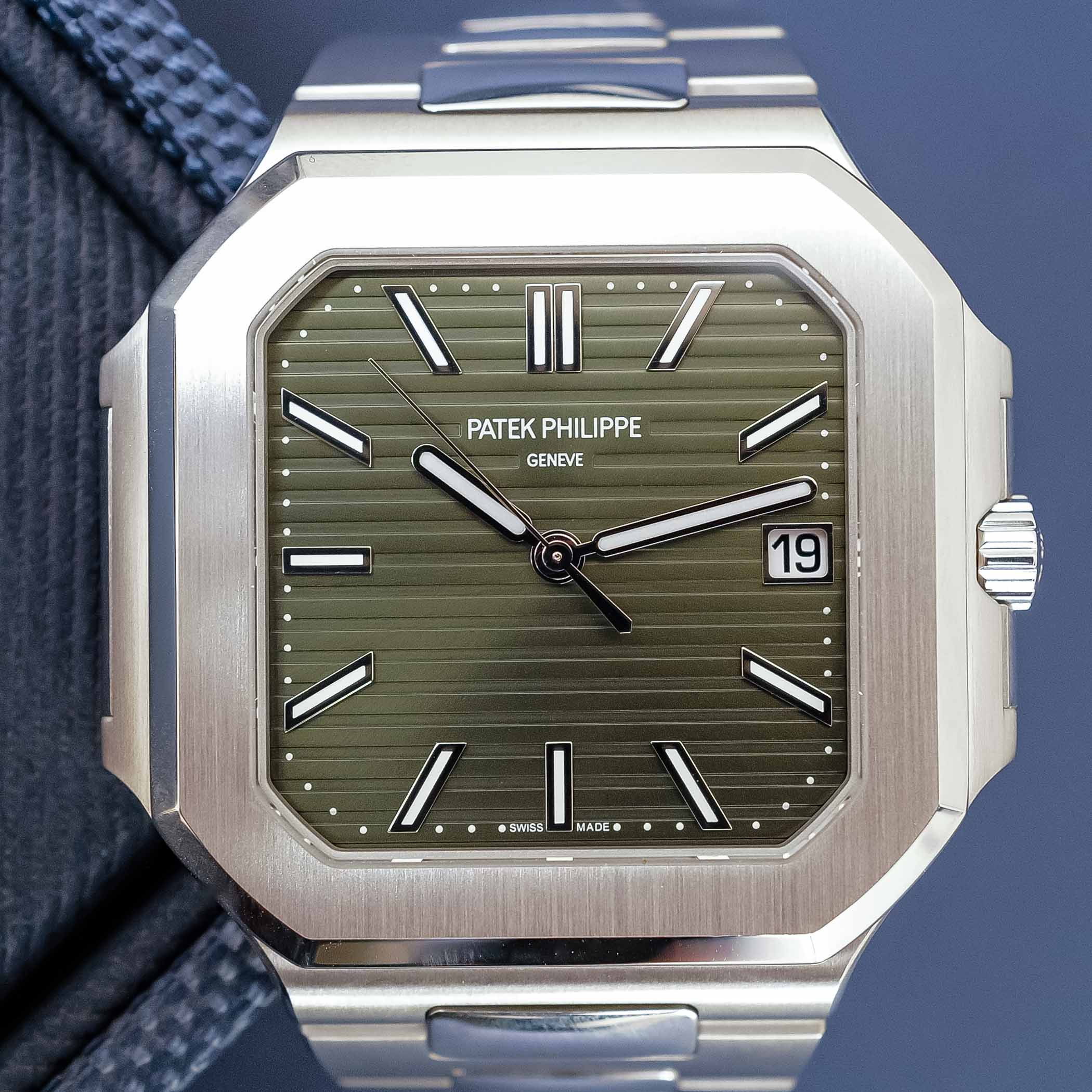
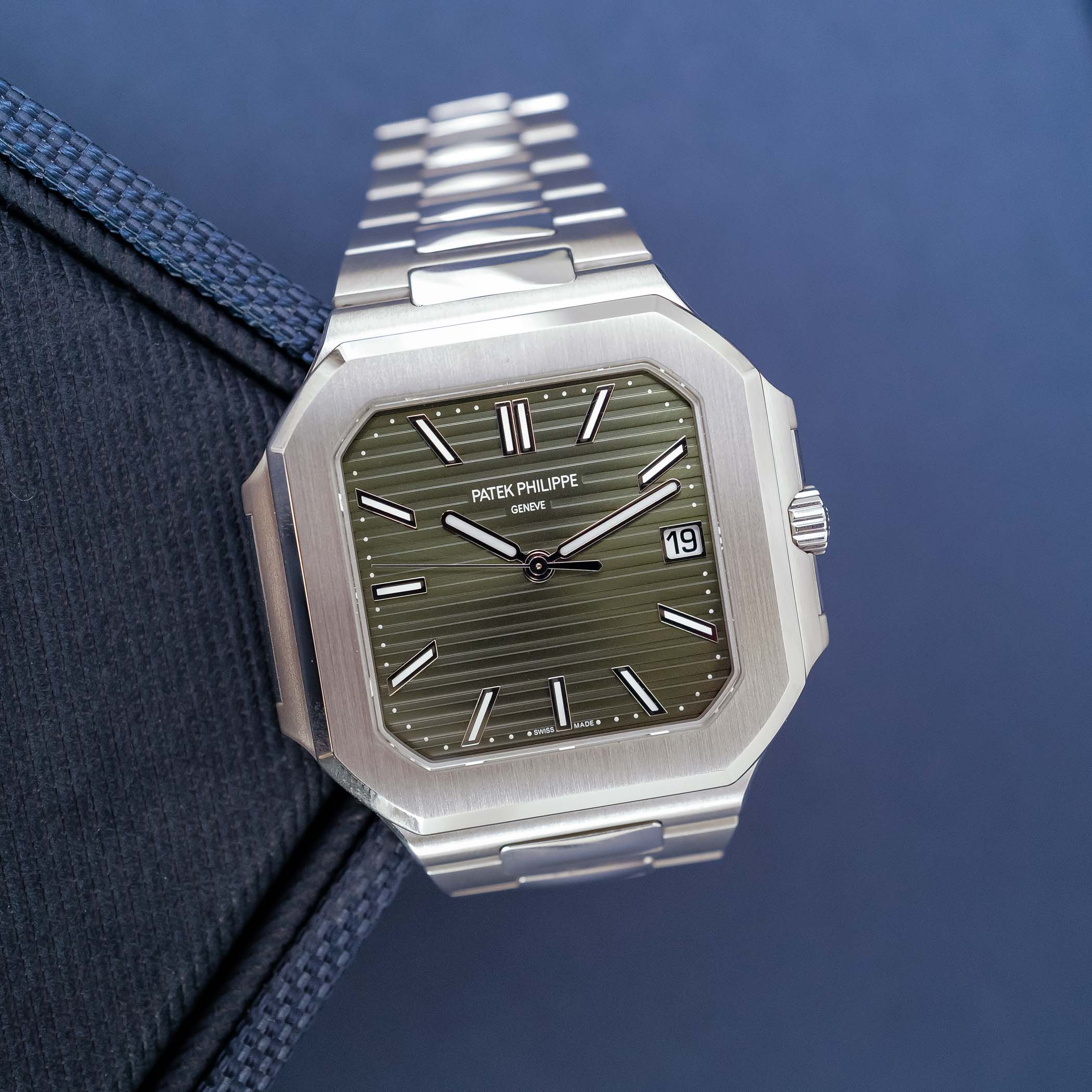

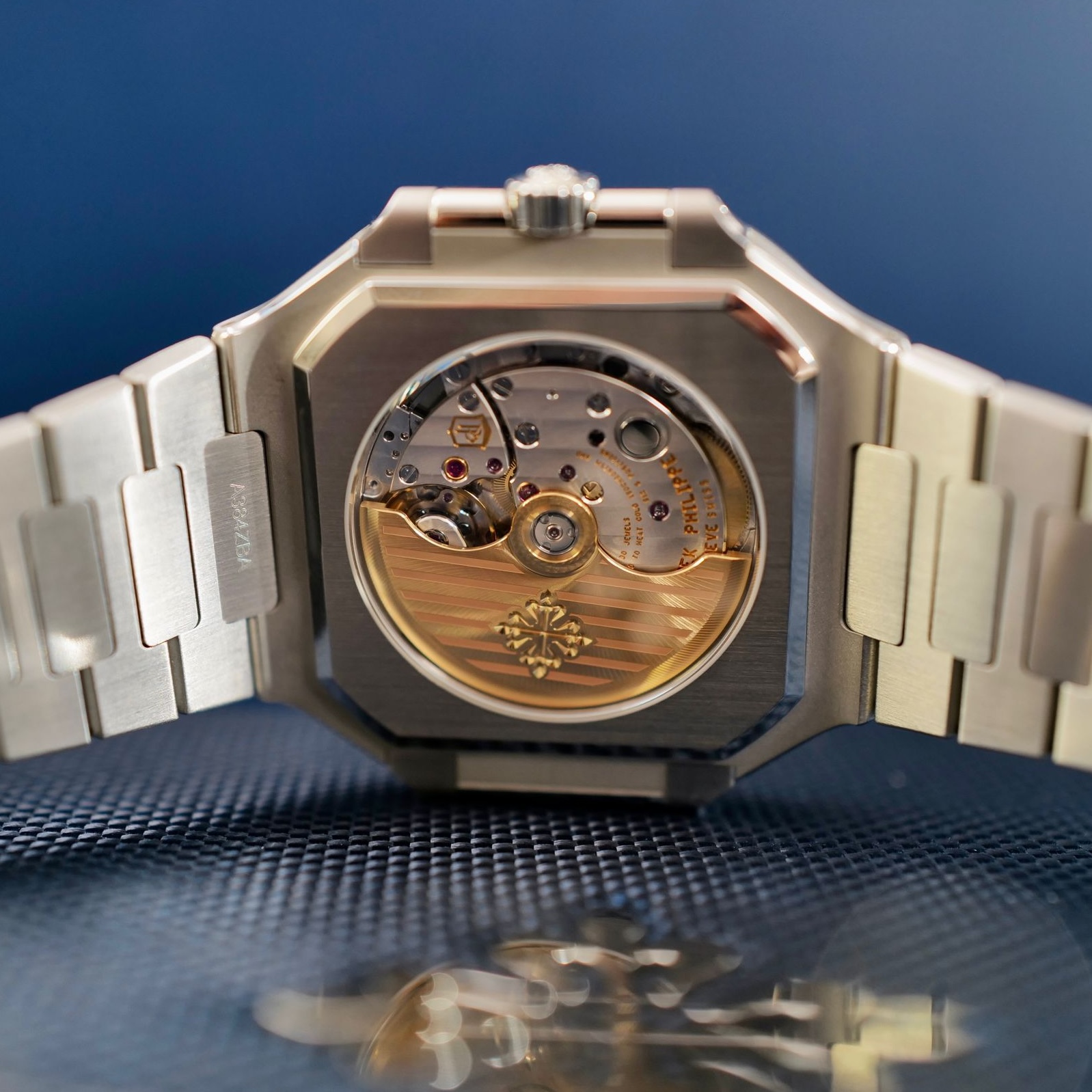

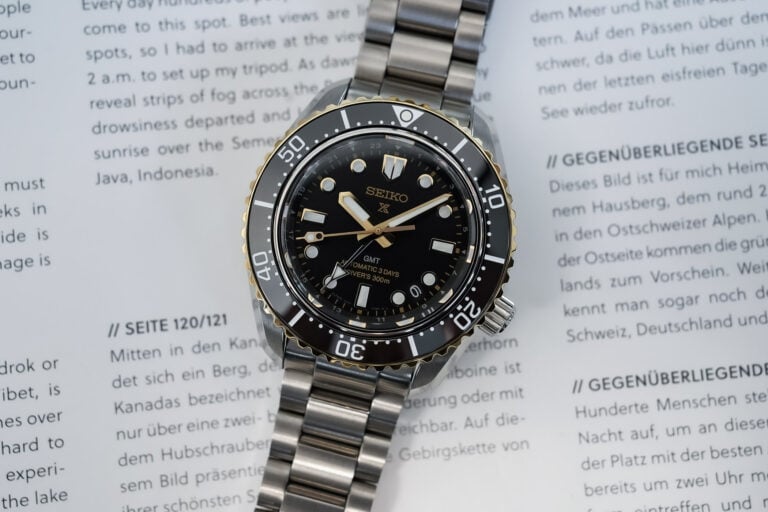
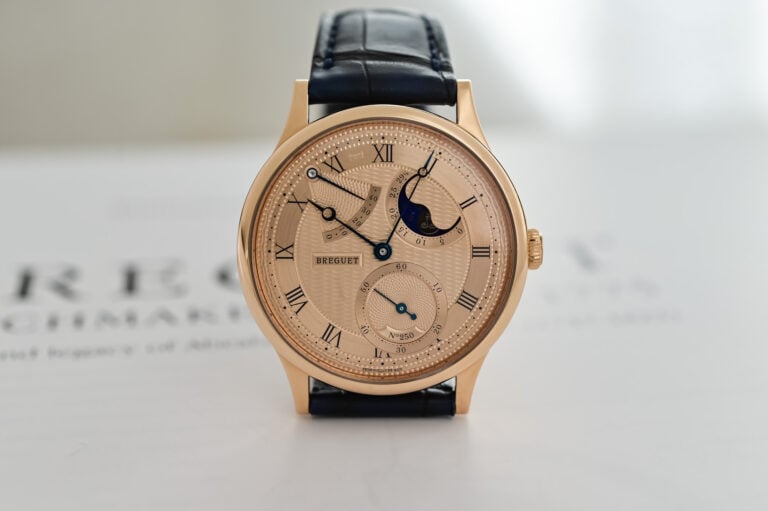
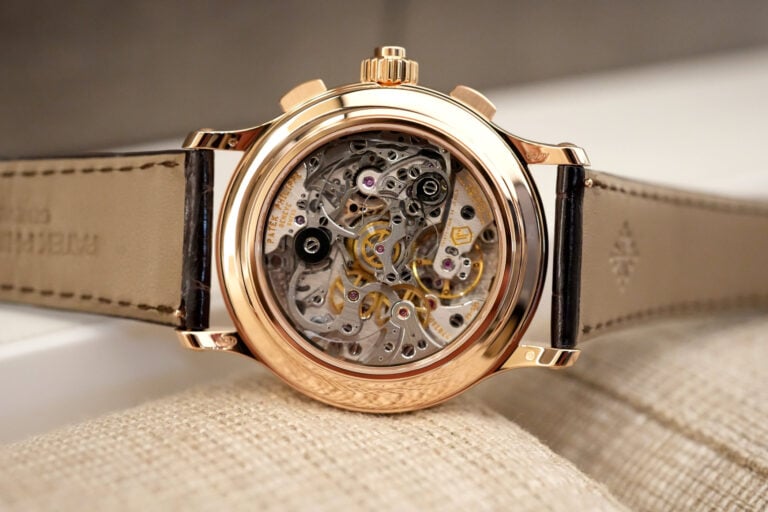
23 responses
A face only a Mother could love…
Fugly
It’s amazing to me that even Patek Phillipe employees would repeat the long debunked claims of “dynamic pressure” in water.
They can repeat that claim because their target customers have no clue about what it means, but it sure sounds cool.
I hope everyone who owns a Patek grand complication follow the revised WR guidelines and go dive down to 30 m…
Very balanced article. Thank you for having an independent opinion as opposed to pouring on negativity that often comes about when something different launches. I look forward to seeing this live.
I am a fan of the green dial steel version but also appreciate that opinions differ.
One notable point is that the 15202, the 5167 and many other watches were panned for years upon first launch. Time will tell how this is accepted but more importantly, we need to buy that we like for whatever reasons we use to justify purchases. Such decisions individual and not consensus.
It looks like many of those steel cased apple watch covers, that’s the biggest turn-off.
It’s nice and I understand the level of craftsmanship is top tier however aesthetically speaking for the money I’d take a Maen Manhattan 37 and have enough left over for a new car
You mention everything in your review except the price (only there at the very bottom), and why it even exists. So maybe it’s not a ‘bad’ watch, but it still looks like a lazy cash grab. And since watches are usually bought on a subjective basis the widespread negative reaction even from Patek fans and owners (including myself) must stand for something. Lastly, it must be difficult to be objective when you know that one of the most powerful people in the industry is taking any criticism personally, and having a black mark with PP could be very damaging for your publication. So maybe it’s best to leave the objective reviews to people with less skin in the game.
PS – the Code 11:59 is still hideous, and wouldn’t sell if it weren’t a pre-requisite on the way to an RO. Just look at the numbers on Chrono24 at knock-down prices.
Me: I want a Nautilus!
Mom: We have Nautilus at home.
Nautilus at home:
“Something that Porsche, when it first launched the Cayenne in 2002 and the Panamera in 2009, can very well remember.”
Oh yeah. The two ugliest Porches by miles. I remember those too.
Mutiger Schritt, aber vorerst in die Hosen gegangen. Die Reaktionen zeigen es auf. Es ist auch naiv, eine Nautilus Klon zu lancieren, welcher nie die (ikonische) Nautilus ersetzten kann (und wird). Was bleibt ist eine Hype Uhr, die nur über den Graumarkt gekauft werden kann, nicht erschwinglich ist und/oder von ADs an Kunden mit einer Zusatzzahlung verkauft wird. Da kaufe ich lieber eine Santos M, ebenfalls eine Ikone, online = heute.
So we have a bracelet that doesn’t match the case, a 30m wr which is expected to be better ( but not stated officially), a movement with a random power reserve , 45mm ” diameter” where you need a 18cm wrist to be comfortable wearing the watch.
And it is the only sport watch of the brand.
Sorry, as objective i try to be, i think this watch wouldn’t make sens even at 10k so for 40k it is a joke even with ” Patek ” on the dial.
But, i have no doubt they will sell plenty of it, which doesn’t make the watch intrinsically better ….
Only my two cents..
So it’s a Nautilus designed on an Etch-a-Sketch?
I think it will sell, regardless of how the feedback now is, and just like with a Nautilus I‘ll wish there was a smaller version with the same overall design available.
Regarding the 30m thing, Patek says they‘d aim for making it easier for the customer, but they achieve the opposite. When my 4947 annual calendar, tested to 30m and still in production, got wet, guess what my Patek dealer said? „It is only 30m water resistant, don‘t get it anywhere near water…“
The moment you said “more original than what the Nautilus was” this entire post lost all credibility.
Something cannot be entirely derived from something else, and be described as original.
The Cubitus – whether you like it or not – is anything BUT original.
Surely this is straightforward logic?
I’d love to hear why you believe this is ‘more original’ than the Nautilus.
@kingflum – I do think that, in general, a square watch (and in the present case a square watch with cut corners) is more original than a rounded watch, simply because there are far more rounded/circular watches on the market than square/rectangular watches. The meaning of the word original here refers to the concept of “being different from the majority” and should not be read in the other sense of the word (to be referred to as “the first one” or the “one that was there at the begenning”) – which as a French person writting this article might sound logical, maybe less for a native English speaker as you… But I have written in the article that the Cubitus certainly was derived from the Nautilus (more than once in this article BTW) – the word original should be read as “unconventional” and surely not as “authentic” or “initial”
@Brice Goulard
The best selling watch at the moment, the Apple Watch, has a square case. Surely, the case shape alone does not qualify it as original by any definition.
Dynamic pressure! Not. A. Real. Problem.
So easy to google.
It’s a square Nautilus. Which you conclude and the biggest problem is having the same dial as the Nautilus. Had they created a matte black, say, with different hands… pushing it towards either more calatrava like, or more milgauus ike..something…anything. in the end it will make nautilus’s more appreciated, though..
“The result, while polarizing – and more original than what the Nautilus was…”
“.. I would have appreciated a bit more audacity in the design, specifically more differentiation from the Nautilus…”
Aint these contradicting?..
Of course a PP made watch will meet certain standards of quality, but nobody will change their mind about it except those falling over themselves trying to buy this dumpster fire design. Also, “yes it’s atrocious now but maybe it will be liked in the future” is really scraping the barrel bottom.
Btw, the AP Code 11:59 still looks like a mall watch.
like the look of the platinum version and at least the mechanism is different to the 5811 – and quite special given its new patents. The concern I have is the 27% larger acreage it requires. This makes it SHOUTY and better suited to larger men with large wrists. Perhaps it was designed given the increase BMIs now in abundance? Even with a wrist size like the author’s the watch is a flex, a showboat ,and as such makes it a street robber’s magnet. One of the attractions of Patek is/ was until the Tiffany blue version – their stealth wealth. With the increase in street theft world wide who is going to feel comfortable with one on?
I understand the many comments and appreciate criticisms of the new PP model across various online platforms. I have a 5712/1A and I love it. I can appreciate the comparison with reference to the Nautilus models. From the pictures, I do like the geometric clarity of the Cubitus case design. The faceted bezel and curved outer flank of the Nautilus, while more delicate and perhaps cohesive, came across as a bit fussy.
To get a better understanding, I decided to head down to a local PP boutique and see the Cubitus in person.
I was pleasantly surprised by the Cubitus, in particular, the green dial 5821/1A. It is a distinctive design with a lot of wrist presence without bring bulky. The watch fits beautifully on my 17 cm wrist and is very comfortable. There are obvious similarities to the Nautilus but also very clear distinctive characteristics to stand on its own. Your fit may vary.